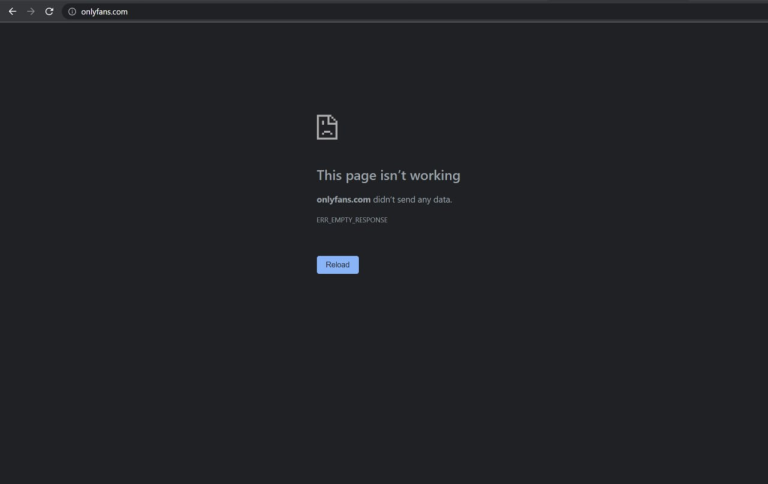Attack description : The Petya ransomware attack in 2016 sent shockwaves through the cybersecurity landscape with its advanced techniques and disruptive capabilities. This article delves into the technical intricacies of the Petya ransomware, exploring its propagation methods, disk-level encryption technique, and the significant consequences it had on targeted systems.
Propagation and Infection Techniques: Petya ransomware employed various sophisticated techniques to propagate and infect systems:
- Spear Phishing: Petya leveraged targeted spear phishing emails containing malicious attachments, such as weaponized Office documents or compromised PDF files. These emails were crafted to trick users into executing the malicious payload, allowing Petya to gain initial access to the target system.
- Exploit Kits: Petya also utilized exploit kits, such as the widely used Angler Exploit Kit, which took advantage of vulnerabilities in web browsers and browser plugins. When users visited compromised websites, the exploit kit delivered the Petya payload, initiating the infection process.
- Lateral Movement: Once inside a network, Petya employed a combination of techniques to move laterally and infect other systems. It leveraged stolen credentials, weak passwords, and exploits targeting vulnerabilities in network protocols, such as the Server Message Block (SMB) protocol.
Disk-Level Encryption Technique: One of the distinguishing features of Petya ransomware was its disk-level encryption technique. Instead of encrypting individual files, Petya targeted the Master Boot Record (MBR) and the Partition Table of the infected system’s hard drive.
The encryption process involved overwriting the original MBR with a malicious bootloader that displayed the ransom note upon system boot. This effectively prevented the operating system from loading and rendered the infected system unusable. Petya then encrypted critical filesystem structures, including the Master File Table (MFT), making file recovery without the decryption key nearly impossible.
Propagation via EternalBlue: Certain variants of Petya, including the notorious NotPetya and PetyaWrap, incorporated the powerful EternalBlue exploit. This exploit targeted a vulnerability in the SMB protocol, allowing Petya to rapidly spread across vulnerable systems within the same network. Once a single system was infected, Petya used EternalBlue to automatically propagate to other vulnerable machines, facilitating the attack’s exponential growth.
Impact: The Petya ransomware attack had far-reaching technical consequences:
- Advanced Encryption Techniques: Petya’s disk-level encryption technique posed significant challenges for victims attempting to recover their data. Without a valid decryption key, decryption was practically impossible, leading to data loss and operational disruptions.
- MBR Overwrite: The malicious overwriting of the MBR prevented the infected system from booting, causing severe disruption to organizations. Recovery required specialized techniques to rebuild the MBR and restore system functionality.
- Filesystem Corruption: Petya’s encryption of critical filesystem structures, such as the MFT, resulted in filesystem corruption, further complicating data recovery efforts.
- Worm-like Propagation: Through its integration of the EternalBlue exploit, Petya demonstrated worm-like capabilities, enabling rapid lateral movement and the infection of numerous systems within interconnected networks.
Mitigation: The Petya ransomware attack emphasized critical lessons for the cybersecurity community:
- Patch Management: Timely patching of operating systems and software is crucial to address vulnerabilities exploited by ransomware. Organizations must prioritize patch management processes to mitigate risks effectively.
- Network Segmentation and Access Controls: Implementing robust network segmentation and access controls helps limit lateral movement and contain the spread of ransomware within organizations.
- Offline Backups: Regularly backing up critical data and storing backups offline or in secure, isolated environments provides a reliable means of restoring systems and data in the event of a ransomware attack.
- Security Awareness Training: Continuous training and awareness programs educate employees about phishing emails, malicious attachments, and safe online practices. This reduces the likelihood of successful ransomware infections via social engineering techniques.
Take away: The Petya ransomware attack of 2016 showcased the technical sophistication and devastating impact of advanced ransomware. By understanding the intricate workings of Petya and implementing robust security measures, organizations can enhance their resilience against such threats, effectively protect critical systems and data, and minimize the potential damage caused by ransomware attacks.
Disclaimer : The information provided herein is on “as is” basis, without warranty of any kind.





